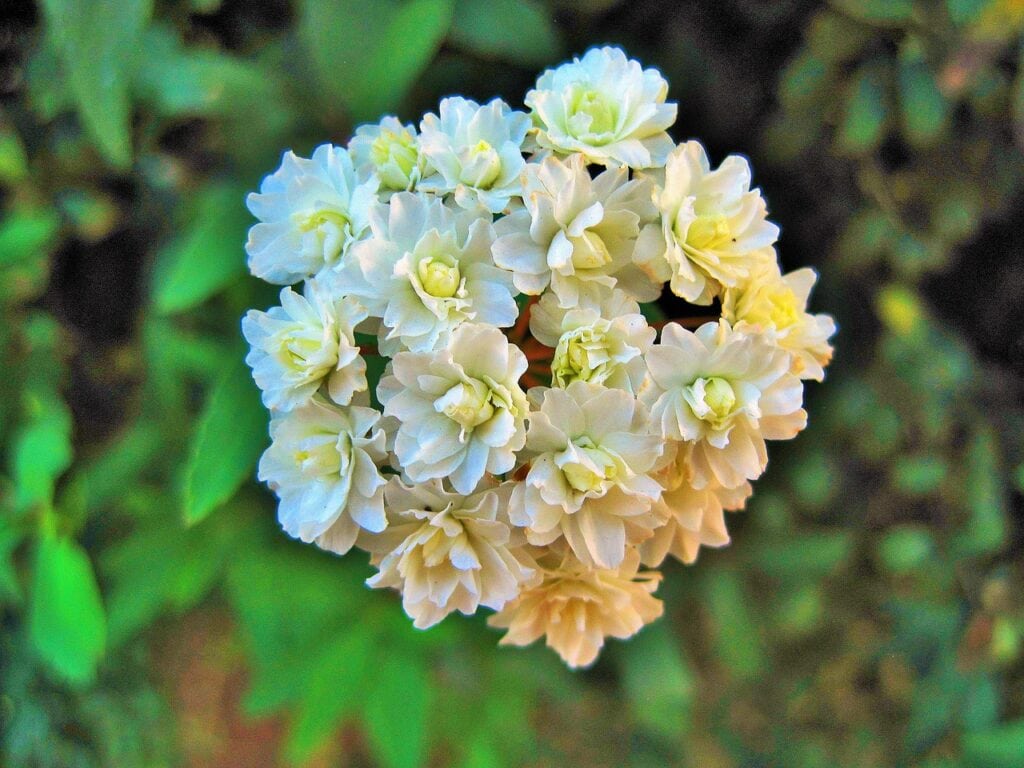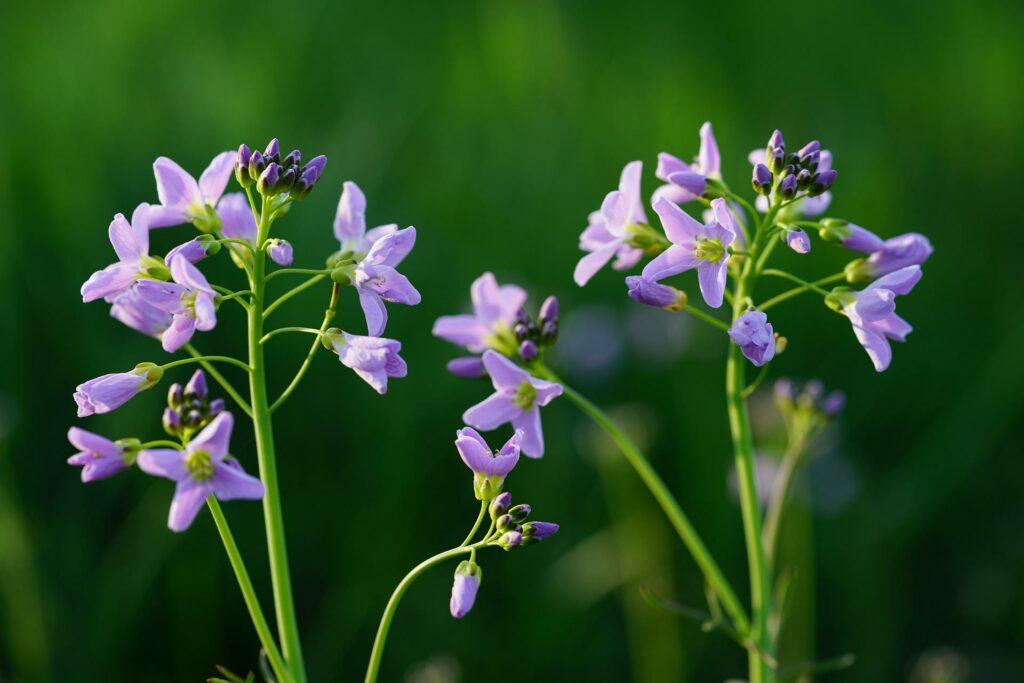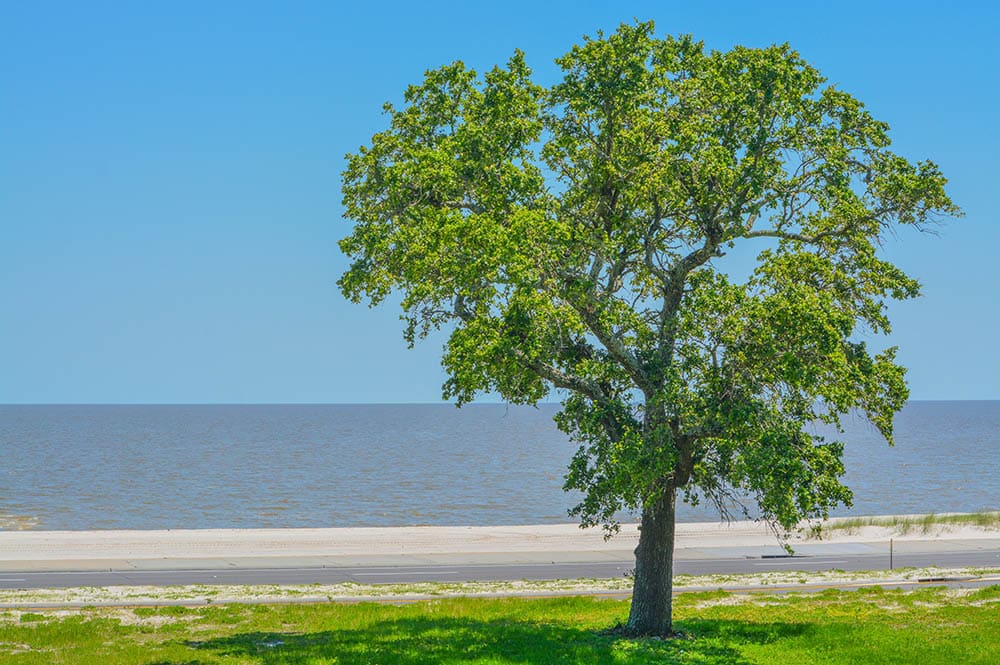What Is the State Flower of Massachusetts? Characteristics & Symbols
-
Pete Ortiz
- Last updated:

The state flower of Massachusetts is a captivating story that makes the choice of floral emblems so much more special. The Mayflower became the state flower of Massachusetts on May 1, 1918, and there is a good reason for that. This fragrant, mat-like perennial has a special place in the hearts of Massachusetts citizens, having a long and rich history behind it. This name was first mentioned in 1620 when the Pilgrims sailed on the same-named boat. After reaching the New World, they founded the town of Plymouth in Massachusetts.
The article below describes the Mayflower’s origin, habitat, characteristics, and history.
 Mayflower Characteristics
Mayflower Characteristics
- Botanical name: Epigaea repens
- Common names: Trailing Arbutus, Mayflower, Plymouth Mayflower
- Color: White, pink
- Height: 1 to 2 inches
- Plant type: Perennial
- USDA hardiness zones: 3–8
- Soil requirement: Damp, hummus-rich soil
- Sun requirement: Partial or full shade
Appearance
The mayflower is a low-growing perennial plant that grows like a creeping mat, with sweet-scented pink and white flowers that bloom until May. The deep-green oval leaves have smooth margins with rusty hairs on the edges. The trailing stems can be up to 16 inches long, with bristly hairs on their surface, making it easy to identify mayflower, even when there are no flowers on the plant.

Distribution and Habitat
Mayflower is most commonly found in the eastern half of North America, in woodlands and moist locations. Even though the mayflower is an endangered species in Florida, it can be found all over the US, from Manitoba to Newfoundland, Florida to Mississippi, and north to Minnesota.
Mayflower is very flexible regarding soil preferences, meaning it can thrive in moist, sandy, or rocky, well-drained soil. It can usually be found in hardwood or mixed wood forests, under coniferous trees like pine trees. Even though this plant is sensitive to environmental changes and disturbances, it thrives on the edges of dirt roads and acidic forest trails.
Plant Care
Because of its particular growing requirement, the mayflower is a challenging plant to grow. It requires acidic soil, most likely found under tall coniferous and deciduous trees. This plant thrives in cold climates and won’t tolerate heat or too much sun. If you wish to plant the mayflower, you will need to provide it with all the basic requirements. Begin by planting the mayflower with the top of the root ball 1 inch below the surface.
After planting, provide the plant with plenty of water, and add organic mulch from bark chips and pine needles. Once the mayflower is established in a suitable location, it will become self-sufficient. Continue to keep the soil lightly moist by providing the plant with mulch.

How the Mayflower Got Its Name
Mayflower is a gorgeous flower that has distinctive long and woody stems. The stems trail on the ground, clinging tightly to it, growing stunning fragrant flowers from white to pink. The botanical name of the mayflower is Epigaea repens, which translated means ‘’trailing on the earth’.’ The botanical name refers to how the mayflower grows, making this plant unique and easily recognizable.
There are several suggestions as to how the mayflower got its name. While it blooms from March until May, this isn’t necessarily the only reason behind the interesting name. When the Pilgrims sailed across the Atlantic in 1620, their boat was named mayflower. When they reached the New World, they founded the British colony Plymouth, which developed as the town of Plymouth in Massachusetts.
Becoming the State Flower of Massachusetts
The mayflower wasn’t decided as the state flower with ease; there were a few defeated bills before the state adopted this flower as the floral emblem. In 1900 and 1901, two bills were introduced suggesting the mayflower as the state’s floral emblem. Both of these failed to receive legislative approval. Only in 1918, symbolically on May 1, the mayflower was finally adopted as the state flower of Massachusetts. The way that the state came to this decision was by giving the vote to the children of Massachusetts. Since the mayflower had one competing flower—the water lily—the children had to decide between the two flowers. The mayflower gained more than twice as many votes, as 107,617 children voted for the mayflower, while 49,499 children voted for the water lily. Unfortunately, the mayflower has been on the endangered list since 1925.

Other Massachusetts State Symbols
State Seal
- Adopted on December 13, 1780
- Made official on June 4, 1885
State Flag

- Approved by the Commonwealth on July 3, 1971
State Bird
- Black-Capped Chickadee (Penthestes atricapillus)
- Adopted on March 21, 1941, by the Massachusetts Legislature
State Tree

- American Elm (Ulmus Americana)
- Adopted on March 21, 1941
State Beverage
- Cranberry Juice
- Adopted as the beverage of the Commonwealth on May 4, 1970
State Fish

- The Cod (Gadus morrhua)
- Adopted as the state fish on May 2, 1974
State Horse
- The Morgan Horse (Equus cabullus morganensis)
- Adopted on May 14, 1970
 Final Thoughts
Final Thoughts
After learning about the state flower of Massachusetts and how the state came to its decision, you hopefully have a better insight into the culture of Massachusetts. This state has many wonderful things to offer and rich and powerful history. Learning the state flower is just the beginning and a small glimpse into this state’s rich history.
Featured Image Credit: Bluesnap, Pixabay
Contents

 Mayflower Characteristics
Mayflower Characteristics